Herbicide discovery, aflatoxin reduction and molecular cytogenetics in pesticide resistance.
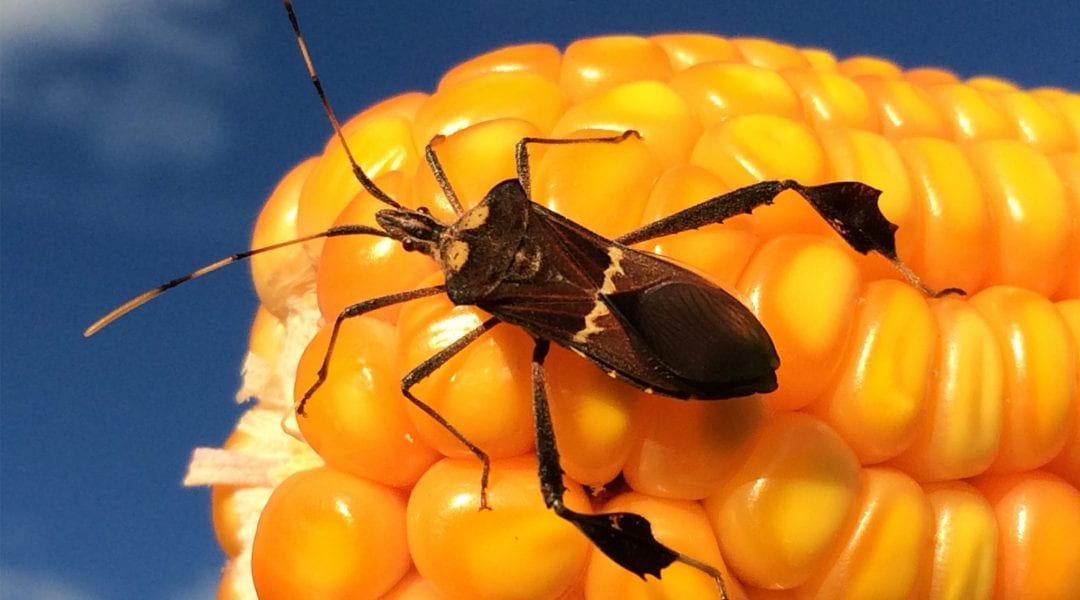

Herbicide discovery, aflatoxin reduction and molecular cytogenetics in pesticide resistance.
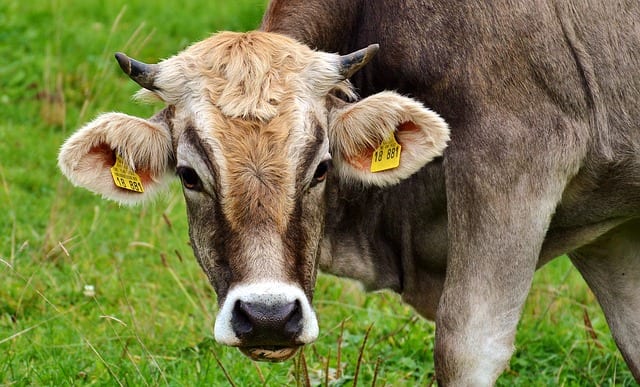
Advances in detecting a certain milk protein could help distinguish between the commonly confused dairy allergy and lactose intolerance.
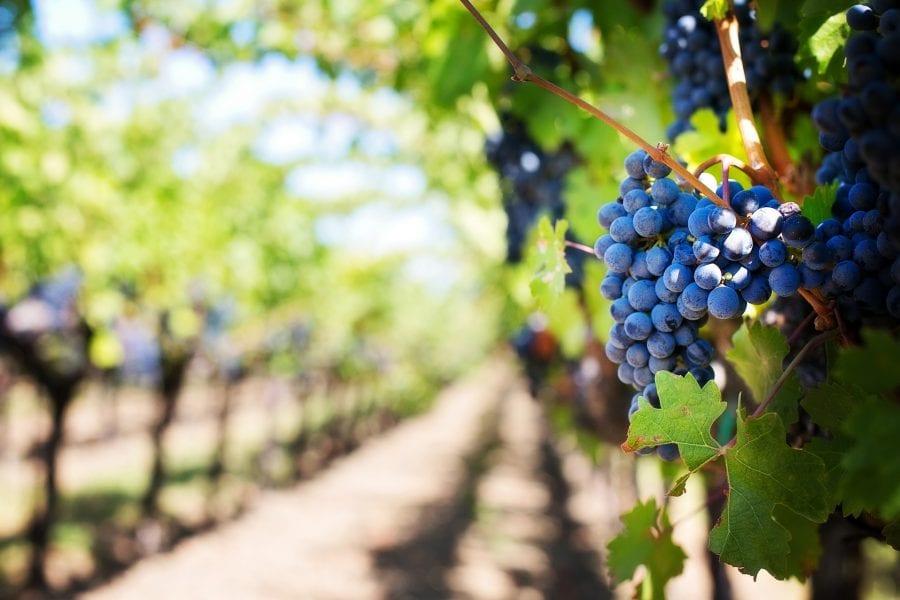
The unsatisfactory flavours associated with lower alcohol wines have led to their general dislike; however, an improved blending practice could lead to increased favourability of these wines.
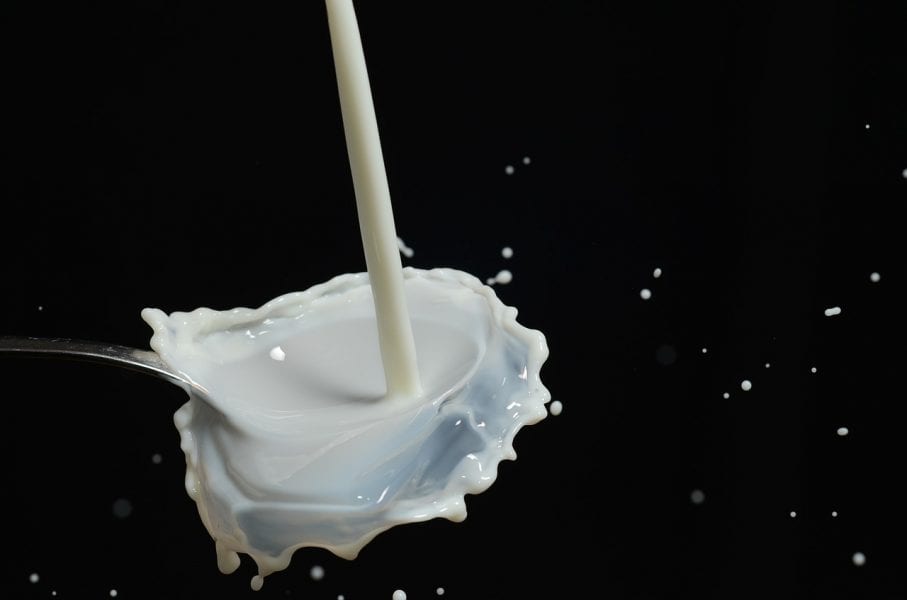
Australian researchers have developed a promising new plasma treatment method to decontaminate and increase the shelf life of milk.

Dr. Marta Mas-Torrent and her team are developing high-performance electrolyte-gated field-effect transistors (EGOFETs), electronic devices capable of working in an aqueous environment.
A review by Aubriot and co-workers aims to understand how scientific literature has addressed, whether explicitly or implicitly, the relationship between water knowledge, technology and power.
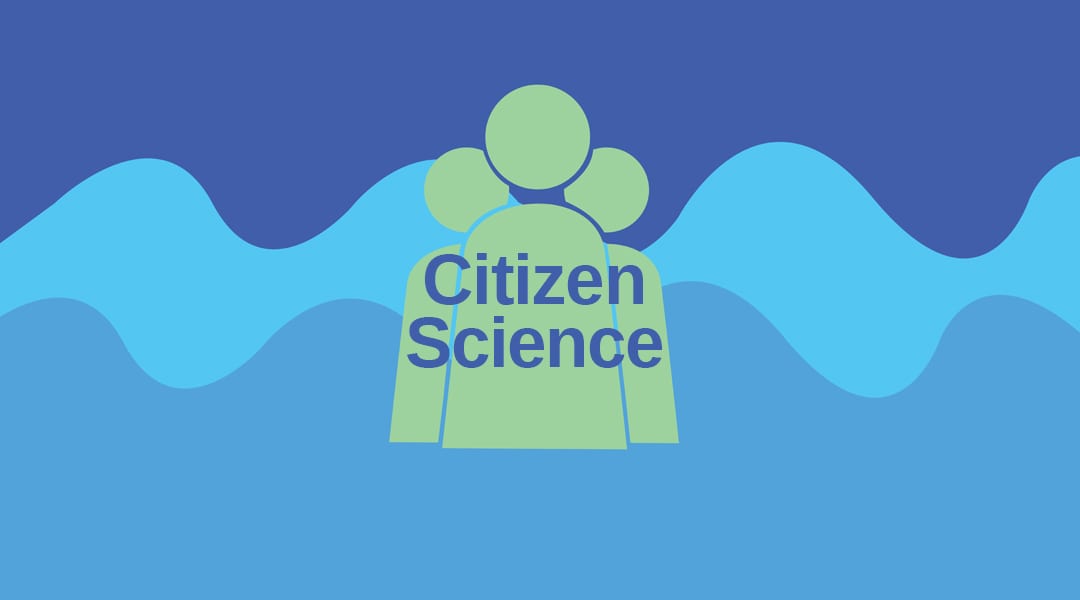
Citizen science projects work best when there is community buy-in, when their purposes are clearly defined at the outset, and when the motivations and skill-sets of all participants and stakeholders are well understood.
A review by Libby Robin considers historically how the environment and the humanities became conceptualized together

Research shows that the secret to crop drought resilience may lie within a sugar-signalling pathway.
Heather Golden and Nahal Hoghooghi address how recent and future research can provide insights on the efficacy of LID practices at catchment scales.